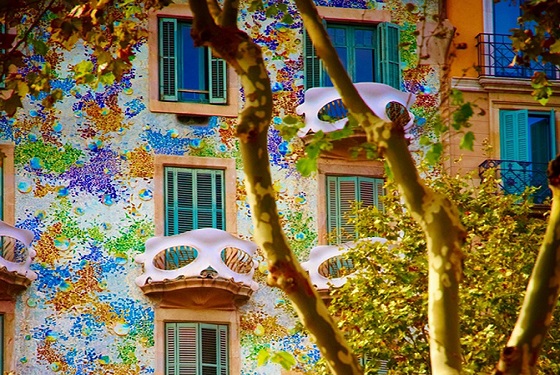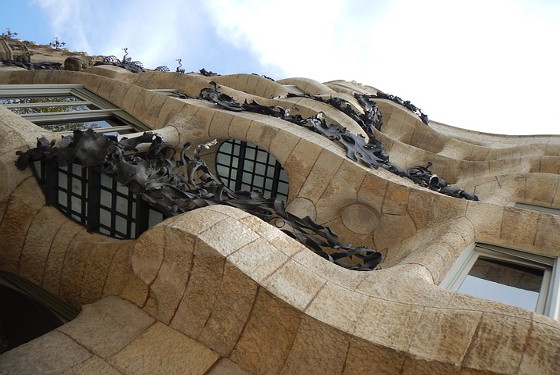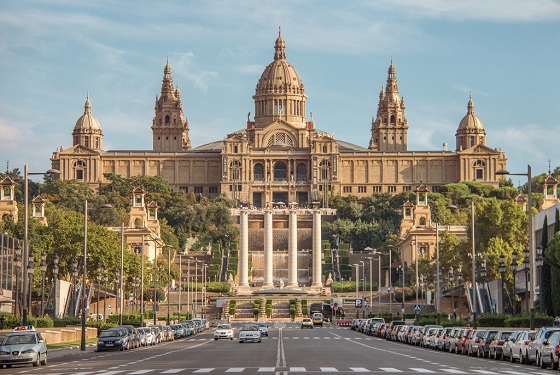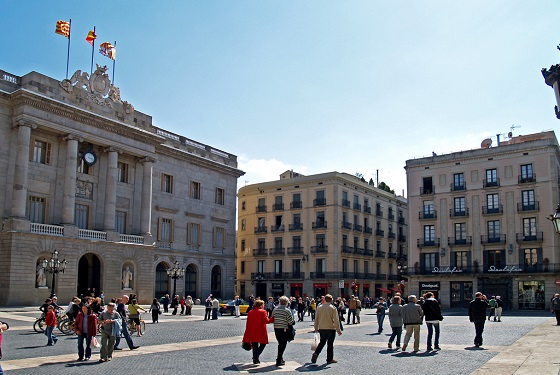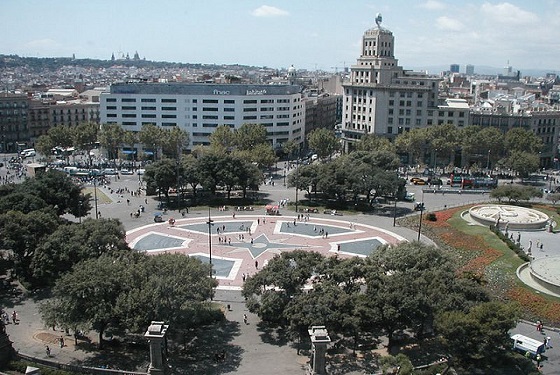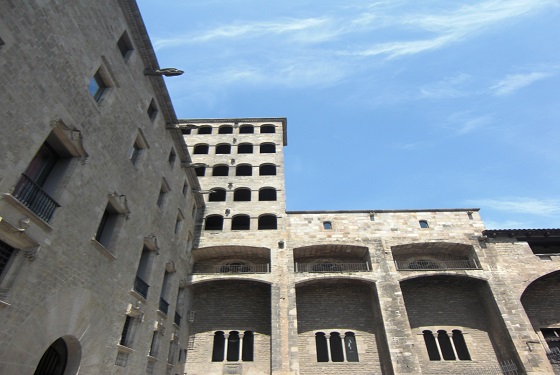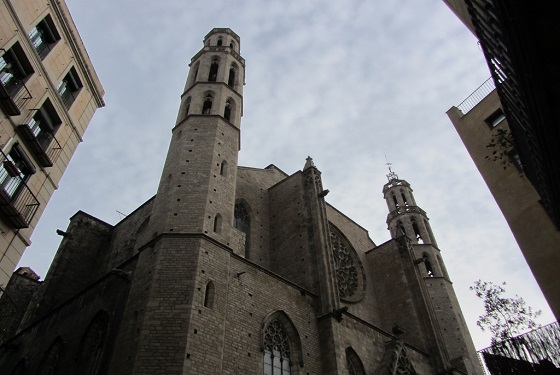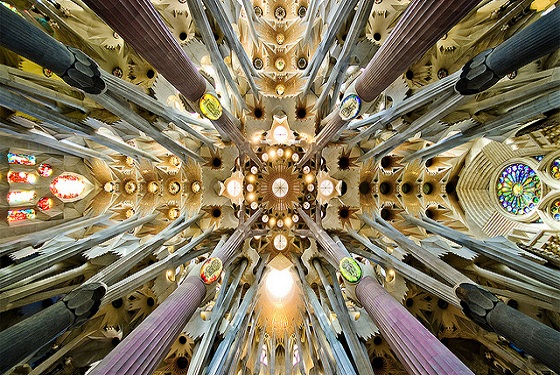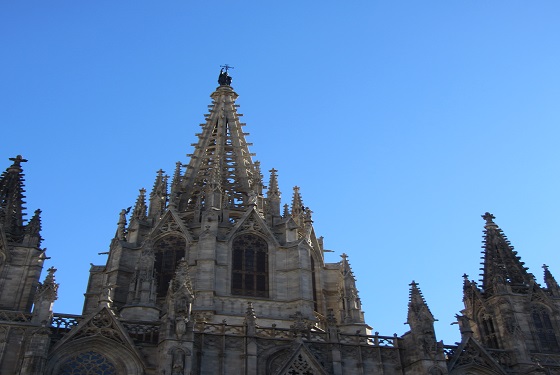Record the ever-changing Barcelona appearance on a photo opportunist tour to bring focus on the sharp transformative destination capital on an accompanied four-hour journey into the turbulent city archive inside a spacious automobile perfect for whistlestop movement. The courteous soundtrack of a licensed metropolis annalist explaining the mechanics of the Catalan experience while you capture essential personal pictures of the most viewed Barcelona landmarks straightforwardly night or day. A preference of cruise line passengers and airport layover guests, the compressed city trip delivers the familiar viewpoint with record-breaking pace for the expressway to examine Barcelona.



Points of Interest
Includes
Route
How it works
Available all year.
Flexible starting time.
Portuguese, Dutch, Norwegian, Swedish, Arabic, Hebrew, Turkish, Catalan and, Spanish.
If the desired language is not mentioned, please contact us directly under info@safejourneybarcelona.com.
Meet & greet by a personal guide at the location of choice.



